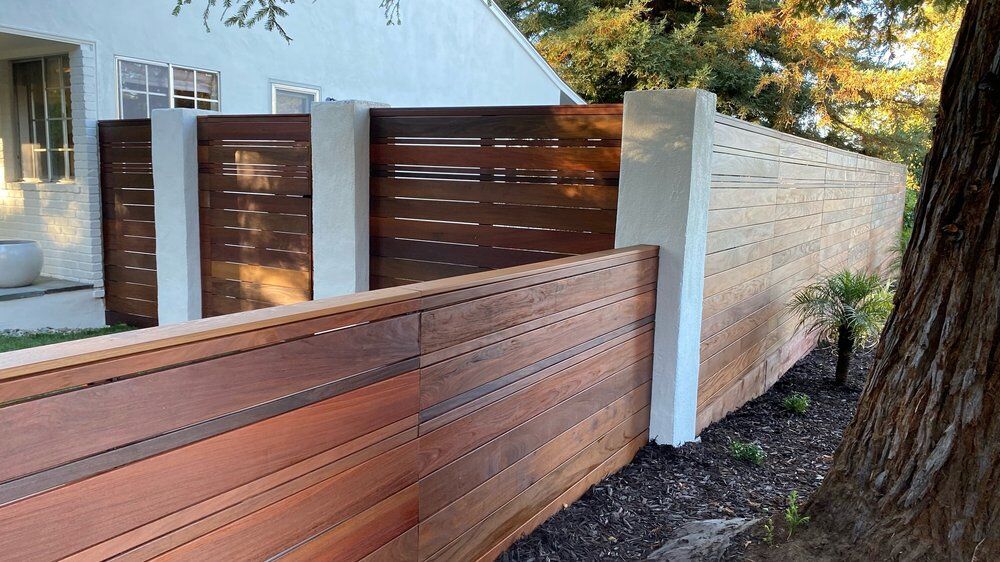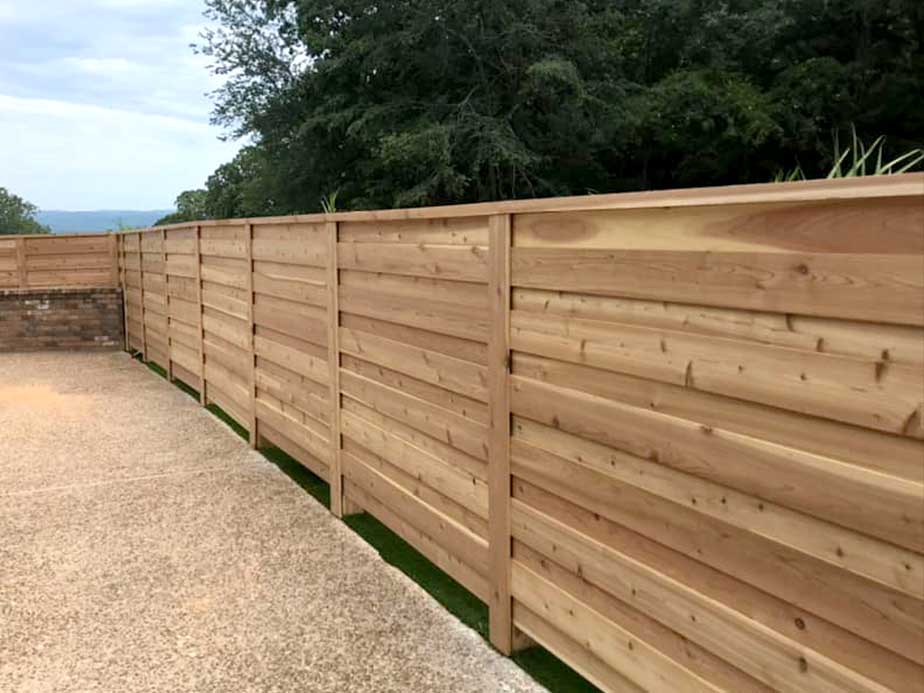All Categories
Featured

Acknowledging the indicators that your fencing needs to be changed can aid you avoid additional damages and maintain the security and look of your residential or commercial property. Below are some key indications that it's time to replace your fence.

- Visible Damages or Wear And Tear
One of the most apparent signs that your fence needs to be replaced shows up damages. Whether it's from weathering, crashes, or parasites, any kind of significant cracks, splintering, or missing out on boards can significantly decrease the architectural integrity of your fencing. Replacing the entire fence may be more economical in the long run. if the damage is considerable and goes past simply a few repairs.
- Leaning or Sagging
A drooping or leaning fence is a clear sign of a trouble. Even if the fence appears to be leaning a little, it can be an indicator of underlying architectural problems that could get worse with time.
- Decaying or Decaying Timber

Wooden fences are particularly prone to rot and degeneration, especially in locations that experience high levels of wetness or humidity. If you discover that components of your wood fence are soft, tarnished, or have visible mold, these are all indicators of rot. Left untreated, decaying timber can lead to a weak fencing that may at some point fall down. In some instances, sections can be replaced, yet if the damages is widespread, a full substitute might be required.
- Rust and Rust (For Steel Fences)
If you have a steel fence, deterioration and rust are typical signs of degeneration. If you discover any type of substantial weakening or huge locations of rust, it might be time to consider changing your metal fencing.
- Fence No More Meets Your Demands
An additional factor to replace your fence could be that it no more offers its desired purpose. Gradually, your demands may change-- perhaps you need a greater fence for more privacy or a stronger one for raised security. If your fencing no more fulfills your requirements or does not line up with your present preferences, it may be time to update to a brand-new, extra useful design.
- Fading and Discoloration
While fading and staining are usually cosmetic concerns, they can still suggest that your fence is maturing. Direct exposure to UV rays and severe weather can trigger fencings to lose their original color, making them look plain and worn. If the fading is comprehensive and you have actually already tried staining the fence and cleansing, it could be time to replace it to bring back the appearance of your residential property.
- Frequent Repair Work
If you locate on your own continuously repairing your fence, maybe an indication that the fencing is nearing completion of its life expectancy. While minor repair work can prolong the life of a fence, constant repairs may indicate that the structure is no longer stable. In this case, it may be a lot more affordable to change the whole fencing as opposed to remaining to purchase fixings.
Final Thought
Replacing a fencing is a considerable investment, yet it is important for keeping the aesthetic, safety and security, and personal privacy appeal of your residential or commercial property. If your fencing is showing indicators of damages, rot, leaning, or various other structural concerns, it's important to evaluate whether a replacement is needed. By determining these warning indicators early on, you can make enlightened decisions about when to replace your fence, guaranteeing your residential property remains safe and secure and aesthetically appealing for many years to come.
Latest Posts
Take Advantage of Special Auto Repair Offers in Chicago at Montclare Auto Repair
Published en
1 min read
Secure and Improve Your Home with Weathercraft's Exterior siding Solutions
Published en
1 min read
Explore Budget-Friendly Auto Repairs with Montclare’s Monthly Service Specials
Published en
1 min read
More
Latest Posts
Take Advantage of Special Auto Repair Offers in Chicago at Montclare Auto Repair
Published May 28, 25
1 min read
Secure and Improve Your Home with Weathercraft's Exterior siding Solutions
Published May 25, 25
1 min read
Explore Budget-Friendly Auto Repairs with Montclare’s Monthly Service Specials
Published May 24, 25
1 min read